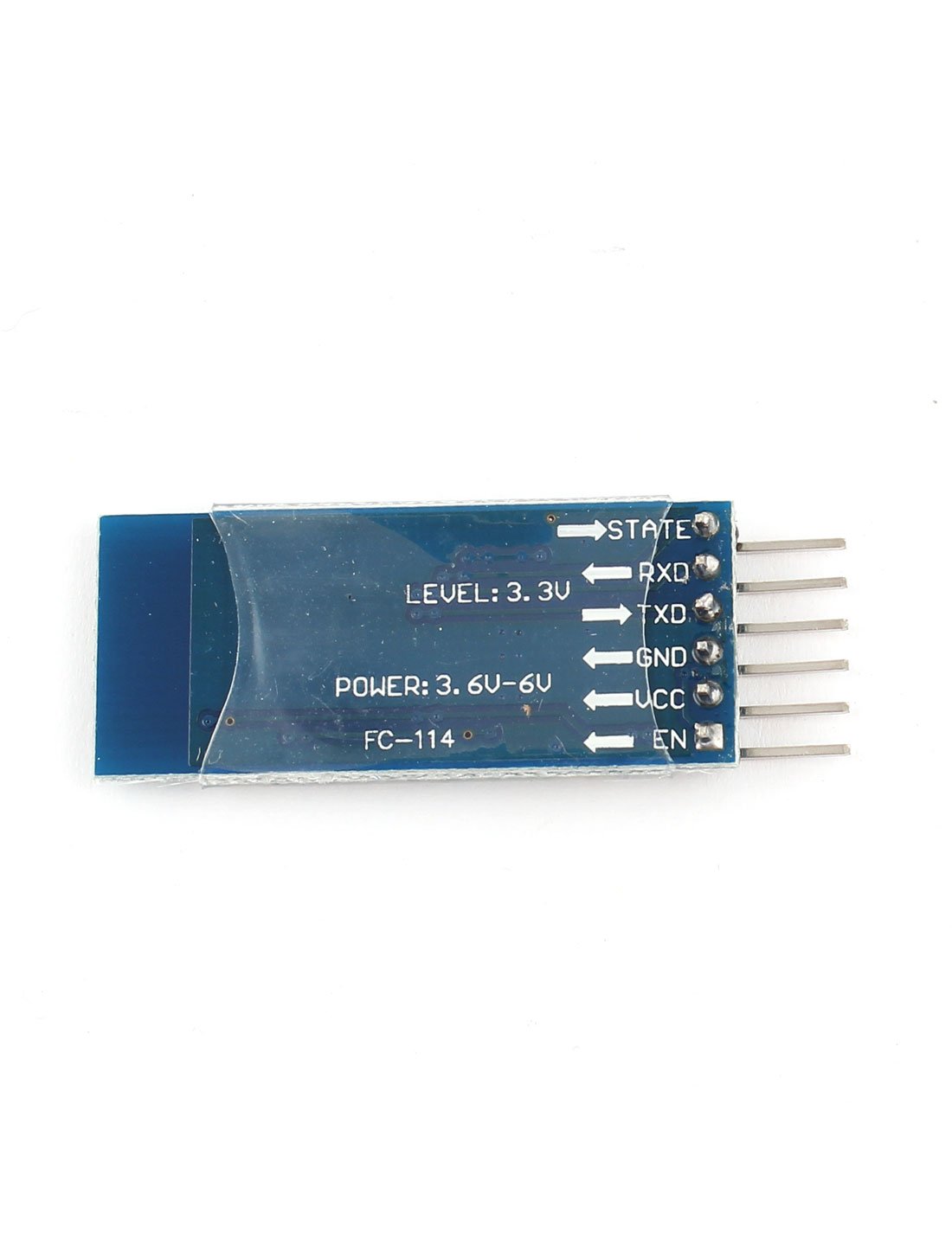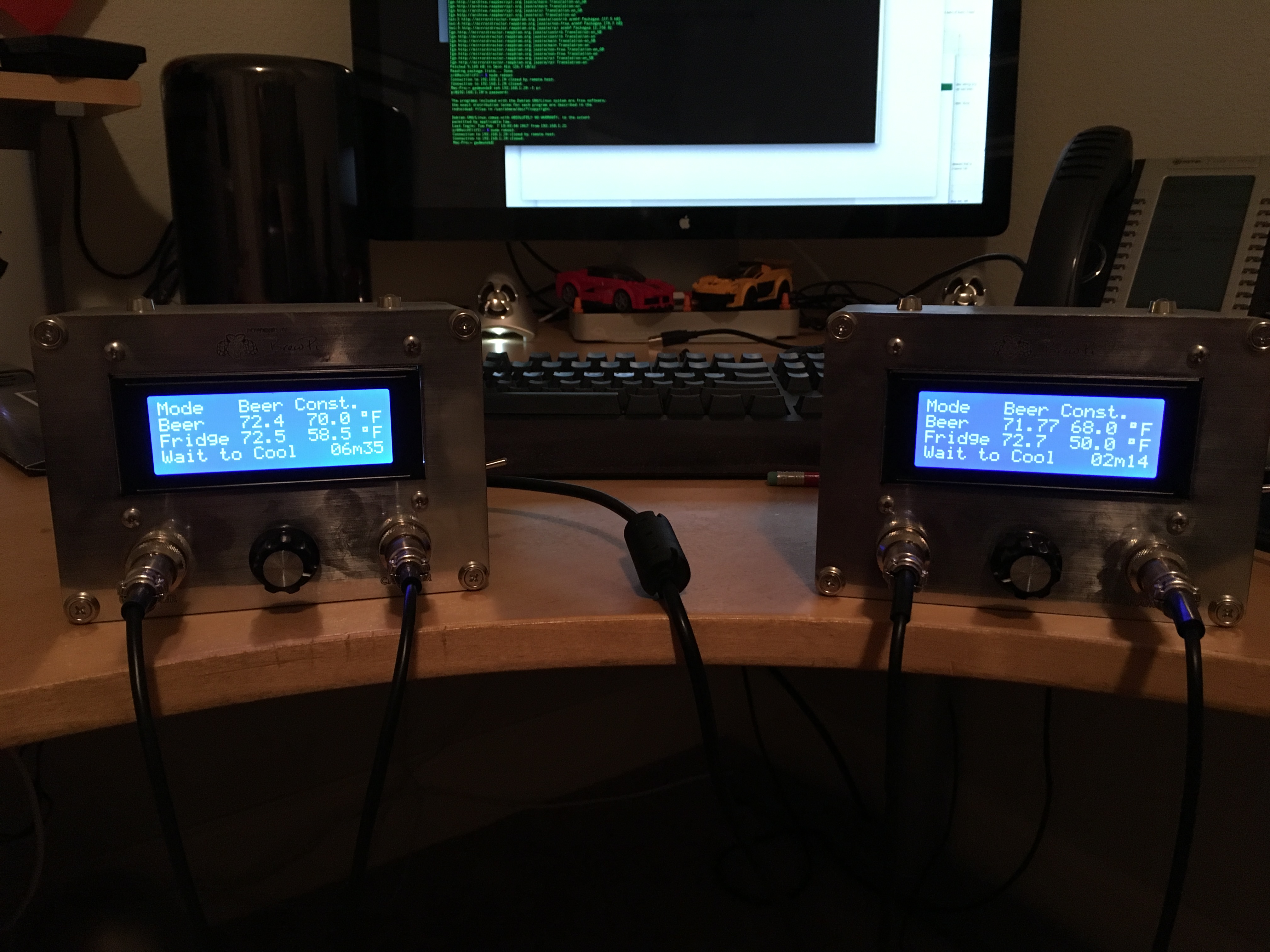user 40839
Well-Known Member
- Joined
- Jul 13, 2009
- Messages
- 1,176
- Reaction score
- 86
Noooooo worries. Wouldn't have gotten this far without your help. (None of us would!)
Alas, things are back to misbehaving at least on the Python side of things. Despite them sitting patiently all afternoon, the second minion is still showing as wanting to be updated. Out of curiosity, I swapped out the arduino with a spare I had - and am still having the same issue. BT board is showing up as paired in Pi, so if it's not the BT, and it's not the Arduino, then can surely only be something on the Pi side that I'm missing. Double checked the /home/brewpi/chamber2/settings/config.cfg file, and can't see an issue. Am somewhat stumped.
Will whack it with a hammer a bit later. Now have to figure out how to stuff these into Hammond 1550WK boxes.
Alas, things are back to misbehaving at least on the Python side of things. Despite them sitting patiently all afternoon, the second minion is still showing as wanting to be updated. Out of curiosity, I swapped out the arduino with a spare I had - and am still having the same issue. BT board is showing up as paired in Pi, so if it's not the BT, and it's not the Arduino, then can surely only be something on the Pi side that I'm missing. Double checked the /home/brewpi/chamber2/settings/config.cfg file, and can't see an issue. Am somewhat stumped.
Will whack it with a hammer a bit later. Now have to figure out how to stuff these into Hammond 1550WK boxes.






















![Craft A Brew - Safale BE-256 Yeast - Fermentis - Belgian Ale Dry Yeast - For Belgian & Strong Ales - Ingredients for Home Brewing - Beer Making Supplies - [3 Pack]](https://m.media-amazon.com/images/I/51bcKEwQmWL._SL500_.jpg)








































